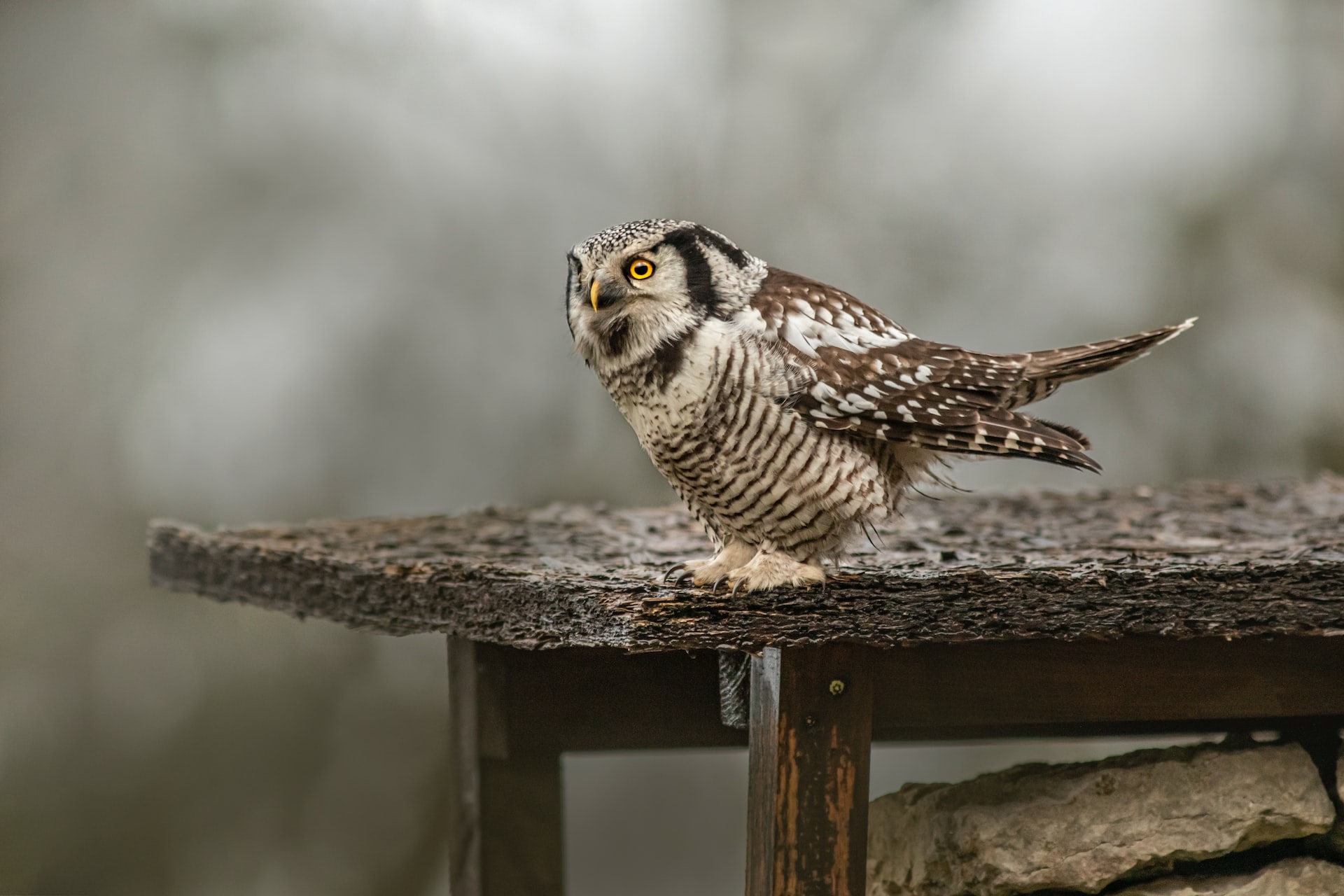Birds have played a significant role in art and culture throughout history. From ancient times to modern-day, birds have inspired artists and cultures across the world. In this essay, we will explore the significance of birds in art and culture and how they have been depicted and represented throughout history.

In many cultures, birds have been associated with spirituality, freedom, and the divine. In ancient Egypt, the bird was a symbol of the soul and was often depicted in art as a messenger of the gods. The ibis, for example, was considered sacred to the god Thoth, the god of writing and wisdom. The Egyptians believed that the ibis had the power to protect the dead and guide them to the afterlife.
In ancient Greece, the eagle was a symbol of Zeus, the king of the gods. The eagle was also associated with the sun and was believed to be able to fly to the heavens. In Greek mythology, the eagle was the companion of the god Apollo, and it was believed to bring messages from the gods to mortals.
Birds have also played a significant role in Christianity. The dove, for example, is often depicted in Christian art as a symbol of peace, love, and the Holy Spirit. In the Bible, the dove is mentioned in the story of Noah's Ark, where it brought back an olive branch, signifying the end of the flood. The Holy Spirit is often depicted as a dove in Christian art, representing purity and innocence.
In Native American cultures, birds have been revered for their spiritual significance. The eagle, for example, is considered sacred in many Native American cultures and is often used in religious ceremonies. The eagle is believed to have the power to communicate with the spirit world and is often seen as a messenger between the physical and spiritual worlds.
Birds have also been depicted in art as symbols of beauty and grace. In many cultures, birds have been associated with femininity and beauty. In ancient China, the crane was a symbol of longevity and was often depicted in art as a graceful and elegant bird. In Japan, the crane is a symbol of happiness, good fortune, and long life. The crane is often depicted in Japanese art as a graceful bird with long legs and a distinctive call.
Birds have also played a significant role in literature. In Shakespeare's play, Macbeth, the owl is used as a symbol of death and foreboding. The owl is often associated with darkness and is believed to be a harbinger of death. In Edgar Allan Poe's poem, The Raven, the bird is used as a symbol of sorrow and mourning. The raven is often associated with death and is believed to be a messenger from the afterlife.
Birds have also been used in art to represent political and social ideals. The eagle, for example, is often used as a symbol of patriotism and national pride. The bald eagle is the national bird of the United States and is often depicted in art and on the country's currency. The phoenix, a mythical bird that rises from its own ashes, has been used as a symbol of rebirth and renewal. In many cultures, the phoenix represents the idea of starting anew and overcoming adversity.
In addition to their symbolic significance, birds have also been used in art for their aesthetic appeal. Birds have been depicted in art for their vivid colors, intricate patterns, and unique shapes. The peacock, for example, is often depicted in art for its bright colors and distinctive plumage. The hummingbird is also a popular subject in art for its small size and vibrant colors.
In conclusion, birds have played a significant role in art and culture throughout history. They have been used as symbols of spirituality, freedom, and beauty, and have been depicted in art and literature for their aesthetic appeal. From ancient times to modern-day, birds have been an inspiration for artists and cultures worldwide. The significance of birds in art and culture is a testament to their enduring appeal and timeless beauty. Whether it's their symbolic meaning or aesthetic appeal, birds continue to inspire and captivate us, making them a timeless subject in the world of art and culture.
Comments
Post a Comment